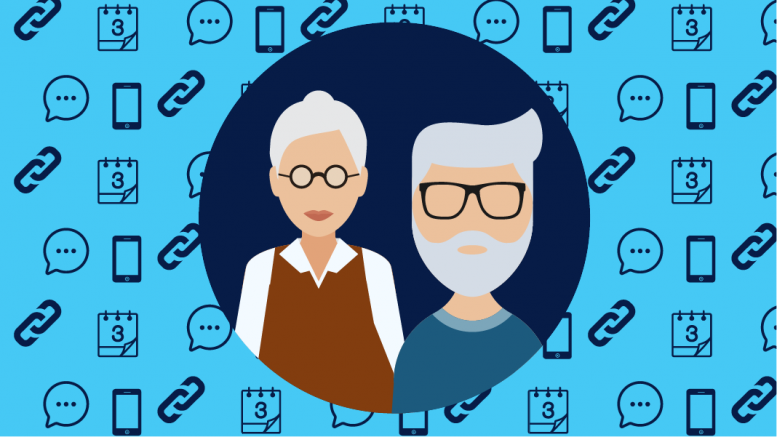Recently, the Journal of the American Medical Association (JAMA) published a study focused on the trends relating to the use of technology and digital health care services among Medicare beneficiaries between 2011 and 2014. In it, the authors conclude that “digital health is not reaching most seniors.” In a new blog post, mobile health and text-first platform provider CareWire cautions healthcare decision makers not to rush to the conclusion that seniors cannot be reached via digital health technology, disclosing the company’s results from the field.
Currently, CareWire supports over 25,000 healthcare related interactions a day. Of the 1.2 million individuals the company is interacting with, more than 30 percent are over 65 years of age. CareWire has found that 55 percent of seniors have SMS capable mobile numbers and, when they are asked to engage, less than 6 percent opt-out.
The following are some further examples of how this population has engaged with the CareWire platform:
• Up to 90 percent complete daily mobile health assessments, which are reviewed by telemedicine health coaches.
• Up to 75 percent provide reviews of recent care experiences to help healthcare providers achieve quality goals.
• Up to 24 percent respond to scheduled outreach and schedule appointments to maintain their personal health devices.
Moreover, CareWire reports that when seniors were asked to engage via text message, over 50 percent of the time their response occurs within 15 minutes, a similar response rate in non-senior populations.
“Our data and experience – through tens of thousands of interactions with the senior demographic – indicate that the key to reaching this population is through simple, straightforward digital communications, not through the conventional approach to digital health tools, such as apps and patient portals,” said Kenneth Saitow, CareWire CEO.
“Our text-first approach to interacting with healthcare consumers – delivering education, instructions and alerts and obtaining real-time feedback – is consistently and effectively delivering results to healthcare providers,” he added. “We believe the future is now when considering the role of digital tools like text messaging, which is simple, ubiquitous, immediate and widely accessible regardless of socioeconomic status or age. When you couple those technologies with solution providers that have experience and a proven track record of implementing engagement programs that drive results, you can begin to realize the promise of digital health for this important population.”

